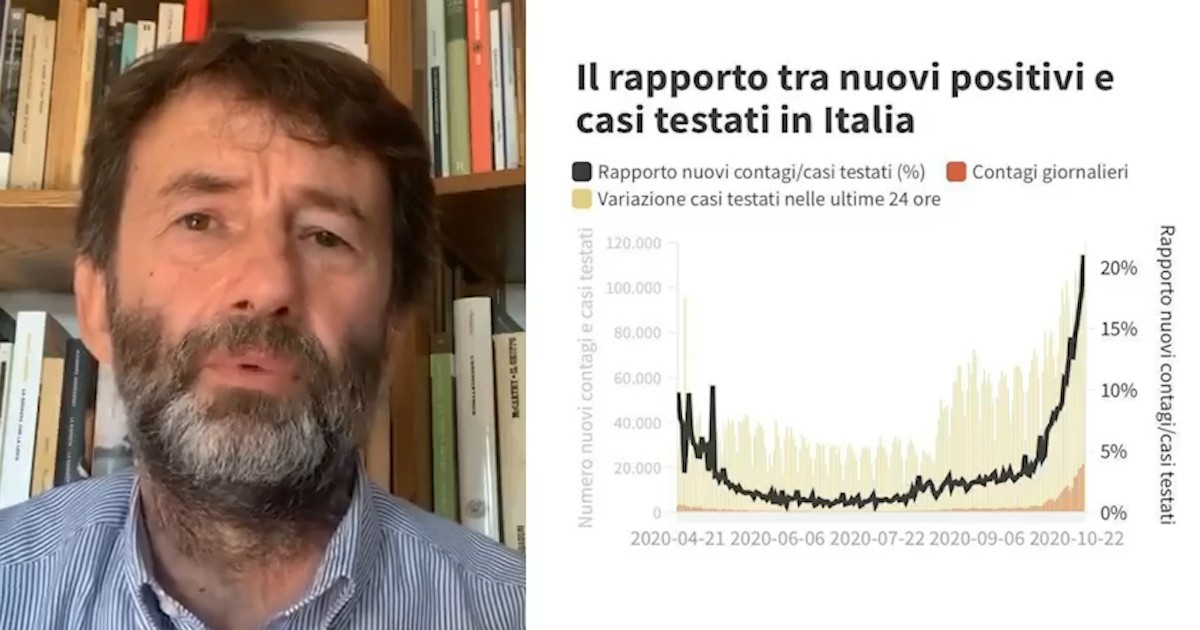- Select a language for the TTS:
- Italian Female
- Italian Male
- Language selected: (auto detect) - IT
Play all audios:
ABSTRACT THE memoirs included in the present volume may well be regarded as classical in the annals of applied electricity, since they belong to a period which has witnessed the birth and
growth of the applications of electrical energy to lighting and power transmission. The first paper is an illustrated account, published in 1876, of the then “new induction machines,” which,
as the figures show, differed only in points of detail from the dynamo of the present da). This paper is followed by a series of five lectures on electric lighting, delivered in the spring
of 1879, Just about the time when, for the first time, the Piazza Colonna at Rome was brilliantly illumined by “Jablochkoff candles.” The next 153 pages are occupied with a report by Prof.
Ferraris on the industrial applications of the electric current, at the Paris Exhibition of 1881. In connection with that exhibition, we next have reports of the commissions appointed to
deal with the determination of the ohm, atmospheric and terrestrial electricity, and the choice of photometric units. The subsequent contents comprise Prof. Ferraris's award of the
prize offered in 1884 by the municipal government of Turin, reports on the Paris Exhibition of 1889 and the Chicago Congress of 1893, a discourse delivered before the Lincei Academy in 1894
on electrical transmission of energy, and an obituary notice of Gaulard, to whom as discoverer of the transformer Prof. Ferraris gives the highest praise. Opere di Galileo Ferraris. Vol. ii.
Pp. vi + 473. (Milan: Ulrico Hoepli, 1903.) ARTICLE PDF RIGHTS AND PERMISSIONS Reprints and permissions ABOUT THIS ARTICLE CITE THIS ARTICLE _Opere di Galileo Ferraris_ . _Nature_ 69, 246
(1904). https://doi.org/10.1038/069246b0 Download citation * Issue Date: 14 January 1904 * DOI: https://doi.org/10.1038/069246b0 SHARE THIS ARTICLE Anyone you share the following link with
will be able to read this content: Get shareable link Sorry, a shareable link is not currently available for this article. Copy to clipboard Provided by the Springer Nature SharedIt
content-sharing initiative







